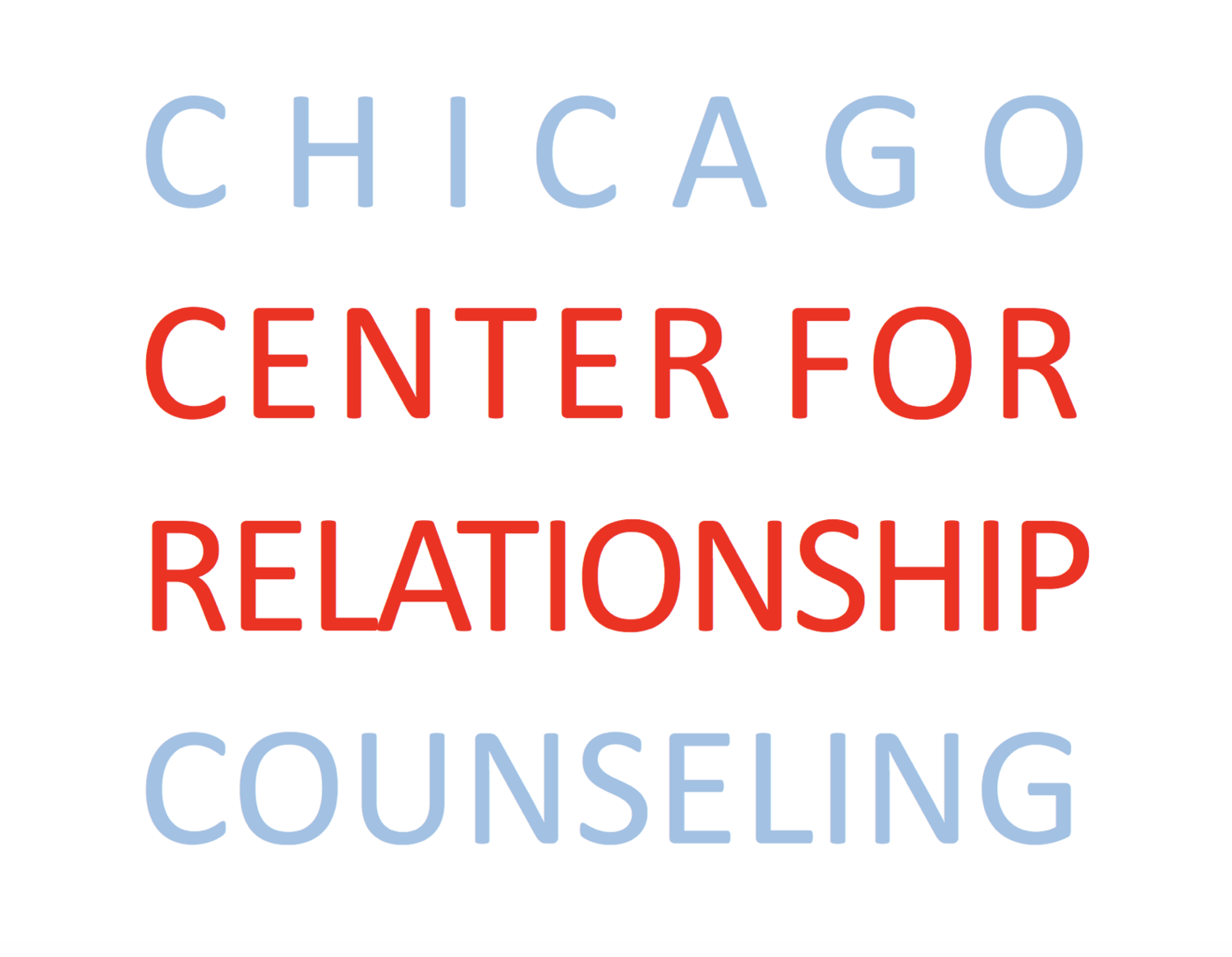Pre-Hotline Suicide Prevention
With the recent tragic deaths by suicide of Kate Spade and Anthony Bourdain, the topic of suicide has been trending on social media. This is both good and bad, because talking about suicide in a direct, open way can open doors for people contemplating it to seek help, but it is also true that a suicide can trigger clusters of other suicide attempts. I have seen many posts on social media recently in which brave, compassionate people are sharing their own struggles with mental illness and thoughts of taking their own lives. This is refreshing to see, and forges connections between people in a way that the commonly portrayed “highlight reel” of people’s lives does not. This is a start to the many things we can do to address one of the leading causes of death in the US, which is suicide.
I started my career in psychology conducting research for renowned suicide researcher and psychology professor Dr. Thomas Joiner at Florida State University. I completed an Honors thesis about suicide in people with anorexia because I was struck by the fact that this population has the highest rate of completed suicides of any mental illness and I wanted to know why. Dr. Joiner has written several books, including Why People Die By Suicide, about the components of this cause of death, which are 1) perceived burdensomeness- thinking others are better off without you, 2) thwarted belonging- feeling like you don’t fit in or have support from others, and 3) acquired capability- having experienced physically or psychologically taxing experiences that make you more likely to be able to go through with a suicide attempt.
During this time, I also worked for the National Suicide Prevention Lifeline, and learned techniques such as exploring the side of a person that wanted to die and the side of them that wanted to live. I also learned the basis of the counseling skills that I use today- reflective listening, empathy, and validation; skills which show that you can truly hear and understand a person’s pain, express that they are not crazy for having those feelings, and that they are not alone. I also learned that those who call a hotline are usually not those that are truly in danger of dying by suicide- it’s the people who never reach out. Suicide is often an impulsive act that is carried out when a person is at the depths of their negative feelings about themselves and about life, and they have the means to kill themselves readily available.
I believe that suicide prevention starts before the Lifeline phone conversation, the 911 call, or a stay at the psychiatric hospital. It starts with seeing someone alone and reaching out to them, telling people how much they matter to you, listening to people without thinking about yourself or what you’re about to say, and asking someone you’re concerned about in a direct way if they have ever thought about taking their life. It also starts with recognizing that depression is a presence that isn’t who you are, but rather a state of being that distorts reality by telling you that you have no one, you are worthless, and life is too much trouble. Prevention starts with confronting the depression by seeking support from family, friends, a support group or a therapist.
I have been listening to Kevin Hart’s book, I Can’t Make This Up: Life Lessons, about his difficult childhood and path to success, and came across this quote that feels relevant to anyone who feels hopeless, worthless, and bogged down by life’s tragedies. “Life is a story. It’s full of chapters. And the beauty of life is that not only do you get to choose how you interpret each chapter, but your interpretation writes the next chapter. It determines whether it’s comedy or tragedy, fairy tale or horror story, rags-to-riches or riches-to-rags. You can’t control the events that happen to you, but you can control your interpretation of them. So why not choose the story that serves your life the best?” It sounds delusional in a way, but that is the power of the human mind to create its own reality.
It also helps to have a purpose, a reason for living this life. Even people who have been through the worst hardships can turn that suffering into purpose, like Garrett Greer, who broke his neck in an accident and became paralyzed, then used his injury as motivation to become a professional poker player and create a platform to inspire other quadriplegics. The creator of a life-changing therapeutic technique called DBT, Marsha Linehan, used her own suffering from Borderline Personality Disorder to help others with similar problems. Singer Demi Lovato had a severe eating disorder and now uses her music and social media to spread body positive messages. Your purpose doesn’t have to be grand or overly ambitious; it can be as simple as helping just one person, finding what you’re good at and giving that talent away, or seeking happiness in your daily life.




